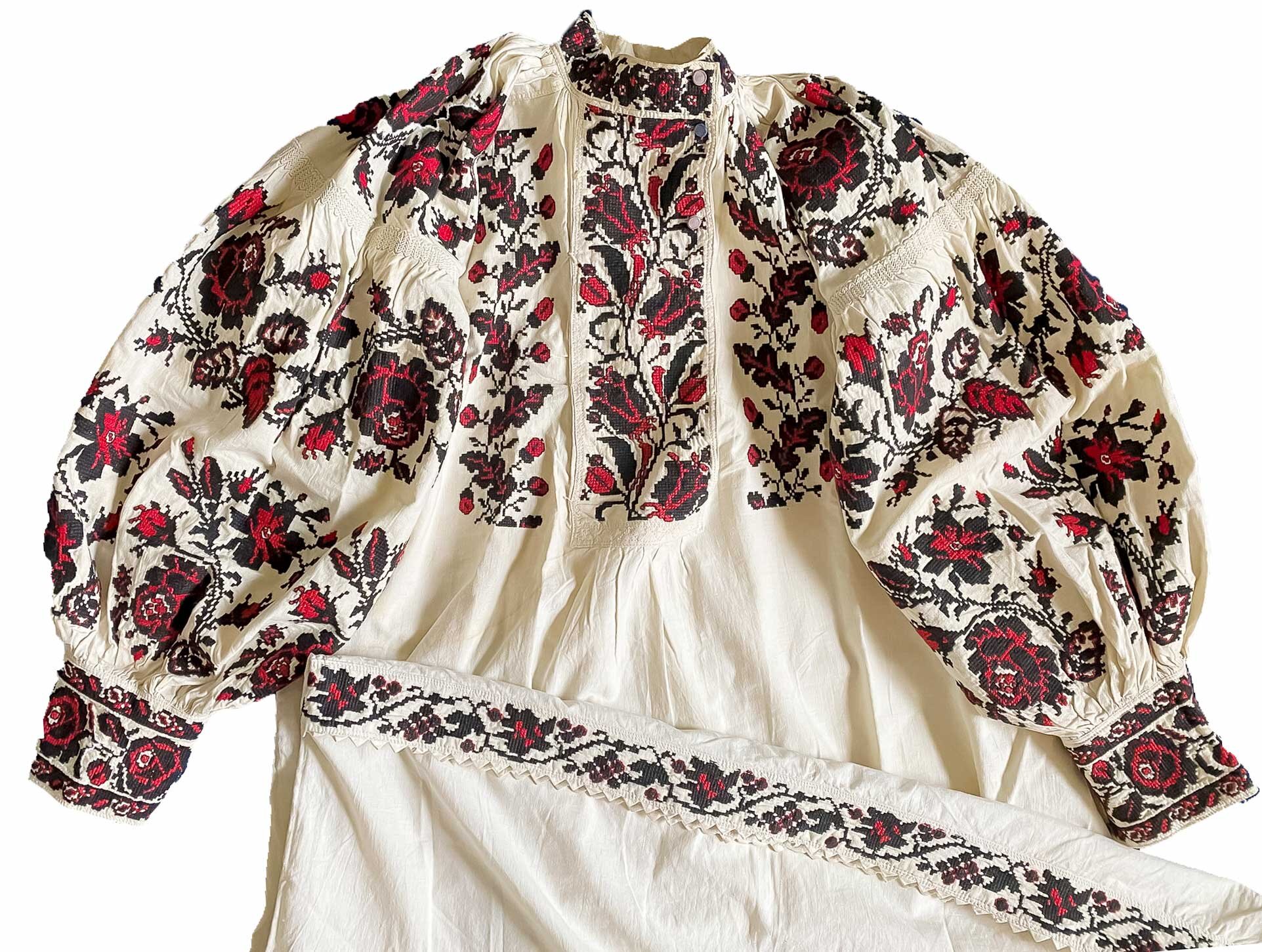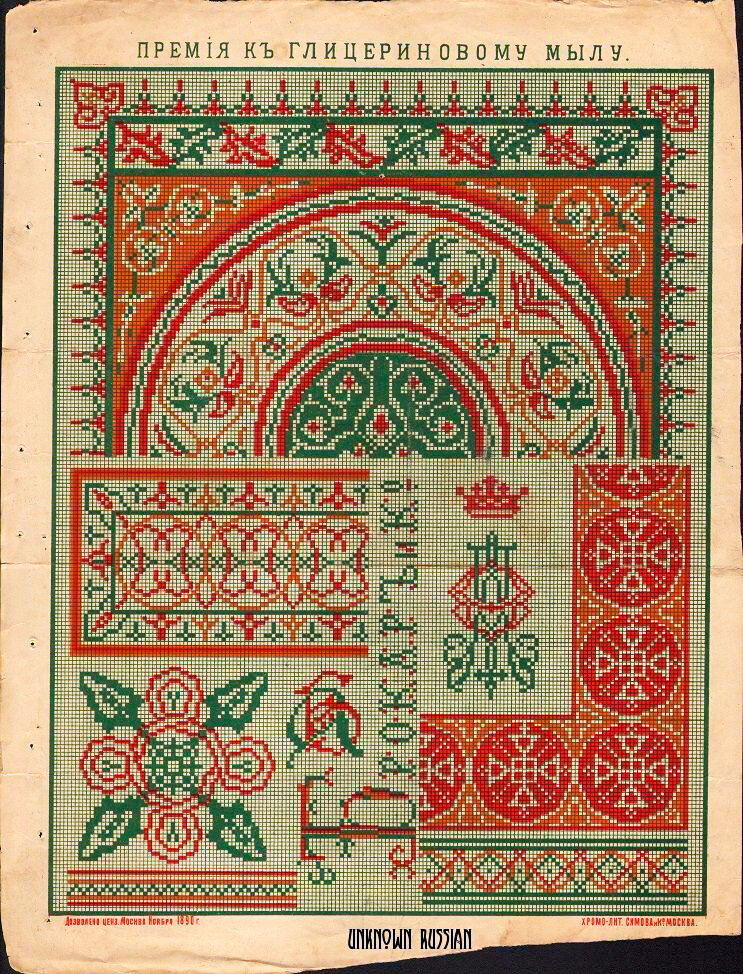Project “Батьківська Хата. Homestead.” - Overview of the Kyiv Region.
This is the third post of our Батьківська Хата. Homestead project. You can find the earlier posts here. The goal of the project is to showcase the Ukrainian way of life of the late 19th / early 20th centuries from the main regions in Ukraine. The photographs for the project were taken at the Ukrainian National Museum of Folk Architecture and Life in Kyiv, Ukraine. All the clothing is authentic and was provided by some of the most prominent ethnographers in Ukraine. All of the people in the portraits are Ukrainians from Ukraine and the Ukrainian diaspora from abroad.
In this post we will look at the architecture, clothing, and lifestyle of the Kyiv Region.
All of the authentic clothes shown in article below came from the private collection of Mrs. Natalia Sturgill. We are very grateful for the guidance and resources provided by Mrs. Sturgill.
Often, it takes collectors a long time and lots of searching to gather all the pieces for a complete set of clothing that represents a particular region of Ukraine. Mrs. Sturgill was very lucky to acquire the entire outfit below from one family in the village of Kachaly, Borodianka District, Kyiv Region. The outfit belonged to Onysia Marynych (b. 1891) and her daughter Palageia Kovalenko (b. 1916). The clothes were preserved by the family and stored in a traditional chest in the family’s home until Mrs. Sturgill added this treasure to her collection.
Below is a detailed description of each piece of the outfit:
Hand embroidered shirt (вишита сорочка). The traditional embroidered shirt looked more like a long dress that was worn under other garments.
The cross-stitch embroidery style used in this shirt is called Brokar (also spelled as Brocard) and can be traced to the Brokar cosmetics company in pre-revolutionary Russia.
The history of Brokar inspired embroidery is quite fascinating: Genrich Brokar, a Frenchman, came to Moscow in 1861 in pursuit of business opportunities. He started out as a small soap manufacturer but by the end of his life he was one of the largest cosmetics manufacturers in Russia. The success of his business was propelled by many innovative marketing strategies that he and his wife Charlotte developed and deployed.
One of their brilliant marketing techniques was to include a cross-stitch pattern, as a gift with purchase, when buying a bar of glycerin soap.
The cover of glycerin soap by Brokar.
This marketing move not only brought them a good fortune but also widely popularized the cross-stitch technique in the Russian empire, including Ukraine. The embroidery patterns appealed to the masses as patterns were easy to follow and were inspired by traditional folk motifs.
Above are examples of Brokar’s stitch patterns. At the top of each sheet it says “gift with purchase of glycerin soap.”
Kalamaikovyi Belt (Каламайковий пояс). This type of belt was made out of linen and was very popular throughout Ukraine.
Apron. The apron in this outfit is adorned with a whitework needlework that incorporates the eyelet and cutwork embroidery techniques. The embroidery was done by hand and then sewn to the main fabric with a sewing machine. The needlework is detailed and delicate.
Skirt
The male embroidered shirt and kalamaikoviy belt came from the chest of the Marynych family. See the beginning of the post for more information about the origin of both outfits.
Shoes. These are the shoes from the early 20th century that were worn in Ukraine at that time.
Head wreath. The wreath is decorated with wax flowers and other decorative materials. Head wreaths with wax flowers became popular in Ukraine in the late 19th century.
Glass Necklace (Лускавки). This type of glass necklaces is often called “luskavky” but it is also known as “naduvanzi” or “svitliachky”.
The necklace was made from inexpensive but colorful blown glass beads. The glass was very thin, and the beads were hollow inside so they often shattered (“luskatus”) and the necklace was called “luskavka”. This type of necklaces appeared and became popular in Ukraine in the late 19th century.
The сhurch pictured below is from Dorogynka village, Fastiv District, Kyiv Region. Please visit the National museum’s page for a detailed description of this homestead.
According to Orthodox tradition, churches are usually named after saints. The Church of St. Michael was built around 1528 and is one of the oldest wooden churches in existence today.
The altars in the Orthodox churches have a wall of religious icons called “iconostas.”
This is still an active church with regular services by the Ukrainian Orthodox Church.
Location: http://www.pyrohiv.com/
Model: Anna Bondarenko
Clothes: private collection Mrs. Natalia Sturgill
Project organizers: Olenka Bravo, Natalia Sturgill, Olena Khrystyuk, Olena Garcia, and Viktoriya Lundblade

















